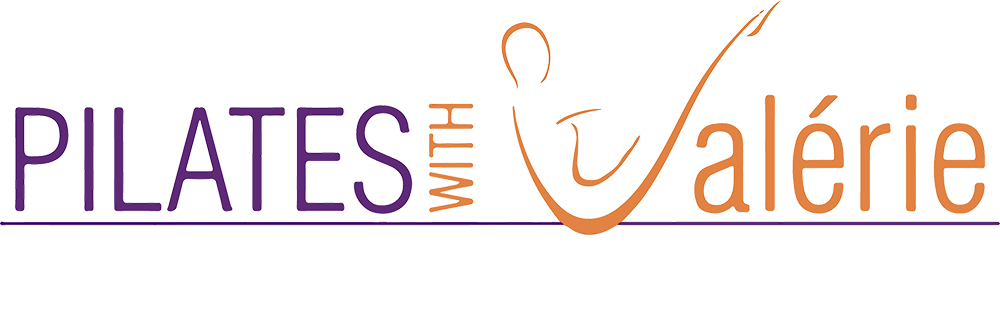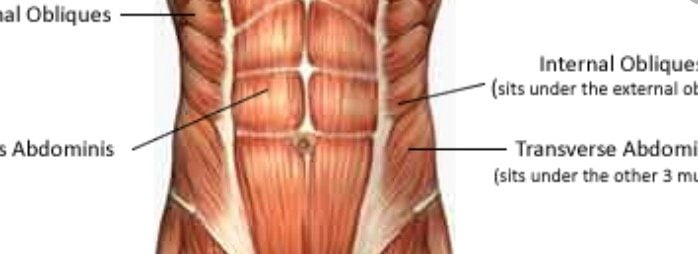

I am not a doctor or a physical therapist. I am a Pilates instructor. As a teacher, I am meeting many clients every day, including mums at home or at work, men in the construction business, or in busy offices complaining about back pain, especially their lower back. Sitting at a desk from early morning to early evening with very few breaks might not sound physically demanding, but the constant fight with gravity con be as challenging as lifting heavy materials or lifting a baby, with poor lifting habits. Most cases of lower back pain are referred to as “specific or non-specific” and most of my clients hove “non-specific lower back pain”. It is the most common form of back pain, with four people out of five, unfortunately, suffering from non-specific back pain at some point in their lifetime. Doctors and physical therapists recognise the importance and benefits of Pilates and will often advise their patients to try Pilates to improve their core musculature and therefore help their clients to manage the issue, preventing their pain from getting any worse. Many factors are likely to increase the risk of developing non-specific lower back pain. Sitting for long periods of time is the number one cause. Others include the lack of non-exercise physical activity, slouching on the sofa while watching TV. Teenagers often have a habit of watching films on their laptops in the most curvature position for their spine or doing their homework legs crossed on their bed, bending down. This can be avoided by educating the youngest ages about good posture. Obesity is certainly one of the most common causes, as are physiological factors like menstruation and stress.
How can you prevent lower back pain?
The best way is to keep active. Exercise is not reserved just for young and fit people but for everyone, all ages and all levels. Everyone should have an exercise program suited to their needs. Keeping your spine strong and supple is the best way to avoid backache. Pilates is highly recommended under the guidance of a qualified instructor. You can overcome suffering from mechanical pain once you know what you are doing. Why Pilates is such a good form of exercise for “non-specific lower back pain”? Pilates is a very gentle form of exercise without any impact, which is great for the joints. Pilates will make you aware of your alignment and a good instructor will teach you alignment while doing exercises standing up, sitting, in the supine or prone position and on the side while moving. A well balanced Pilates session will help you to strengthen the weak muscles, stretch the tight muscles, and mobilise the whole body safely with fluidity. A typical Pilates session will move through many exercises, with only a few repetitions.
Here are several examples:
STRENGTHENING THE CORE
These exercises focus on strengthening the deep abdominal muscles, which is actually a combination of many muscles that work together to stabilize and support our trunk, along with our pelvic floor muscles and the diaphragm. Many extremely strong men with a ‘six pock’ definition are not always able to do a curl up because of their deeper muscles, the ones closer to the spine, are weak. Pilates exercises develop the postural muscles in parallel with the global ones like the rectus abdominals.
MOBILITY AND FLEXIBILITY
These particular exercises will focus on mobility and others on flexibility, which is also the key factors in the management and prevention of lower back pain. These include the lower back extensors, gluteal, piriformis and hip flexors, specifically the psoas. Several of these stretches in the morning will help set you up for the day.
EDUCATING
Pilates educates and encourages good postural alignment and any good teacher should come and adjust their clients during a session from an incorrect posture. Clients will be taught to find their neutral spine, this is the natural position of the spine when all three curves of the spine are present and in good alignment. This will alleviate pressure from our joints and, therefore, our lower back.
Which Pilates exercises and stretches can help in releasing pain? Some stretches are great to keep the spine supple like:
• Child pose, which stretches the full-back.
• Cat stretch which stretches and mobilises the full spine.
• Roll down, which mobilises and stretches the spine.
• The pelvic tilt, which mobilises the lower back.
• The 100 which strengthens the deep abdominal
• Roll like a ball-massages the lower back and releases tension.
• Glutes exercises -necessary to maintain a strong lower back.




